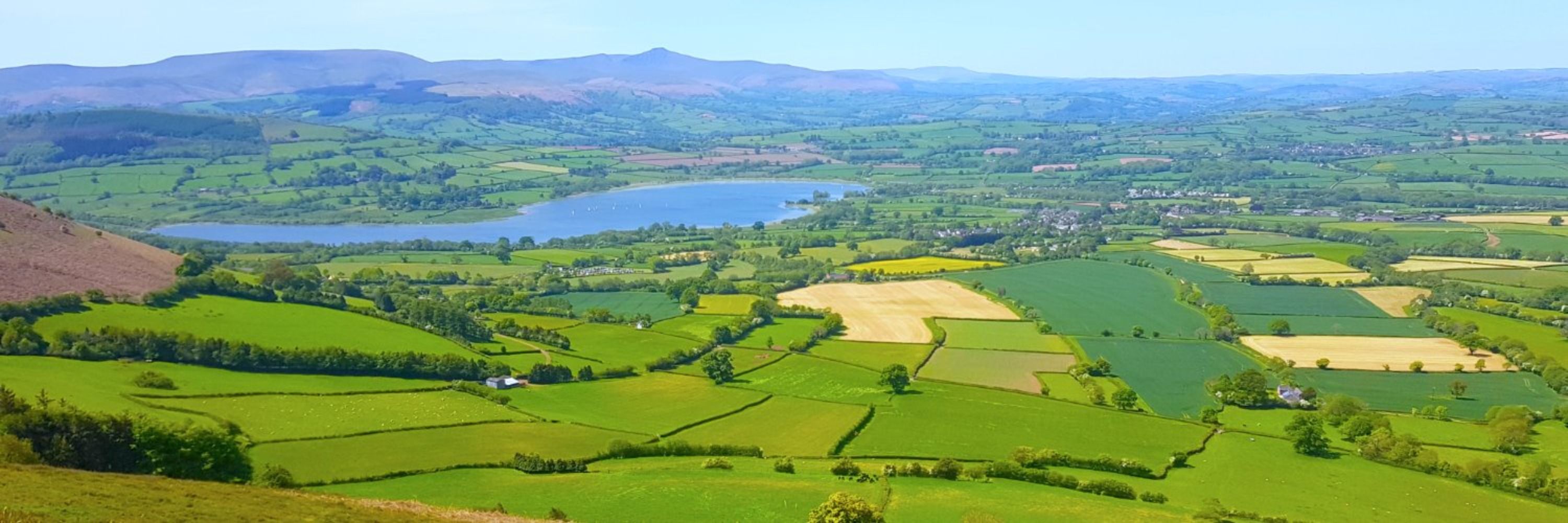
Tech, Software Development, Science, History, Economics, Politics
https://blog.robbowley.net
https://www.linkedin.com/in/robertbowley
https://pragmaticpartners.co.uk
Manchester, UK

This is me, without hat, in my garden, on a rainy morning in Manchester 🐝, UK
Been working in tech for 25 years - software engineer then various leadership roles. Nowadays I'm a product & tech leadership advisor, coach, consultant.
1/4
- HP expects tougher conditions ahead.
- HP needs to reduce operating expenses significantly.
- AI provides a socially acceptable and market-friendly framing that shifts attention away from the fact the core business is struggling.


- HP expects tougher conditions ahead.
- HP needs to reduce operating expenses significantly.
- AI provides a socially acceptable and market-friendly framing that shifts attention away from the fact the core business is struggling.


Complexity can be right, but paralyzing.
cutlefish.substack.com/p/tbm-389-ov...

Complexity can be right, but paralyzing.
cutlefish.substack.com/p/tbm-389-ov...
www.similarweb.com/corp/wp-cont...

www.similarweb.com/corp/wp-cont...


How many times I've witnessed the almost seasonal transformations in orgs, fixing the problems cause be the last one.
How many times I've seen orgs pendulum swing from one op model to another, once they realised what they lost (Chesterton's Fence)
Find out why transformations are a fundamentally flawed approach to organizational change:

How many times I've witnessed the almost seasonal transformations in orgs, fixing the problems cause be the last one.
How many times I've seen orgs pendulum swing from one op model to another, once they realised what they lost (Chesterton's Fence)
But it goes further: the biggest gains come from better ways of working, not AI.
Wrote up my analysis here 👇
But it goes further: the biggest gains come from better ways of working, not AI.
Wrote up my analysis here 👇
But it goes further: the biggest gains come from better ways of working, not AI.
Wrote up my analysis here 👇
But it goes further: the biggest gains come from better ways of working, not AI.
Wrote up my analysis here 👇
My reality: need to spend 10 minutes trying to get to a human, to solve an issue I need customer support to look into
Around minute 8 I sign up to a competitor

I can die now
martinfowler.com/articles/202...

I can die now










